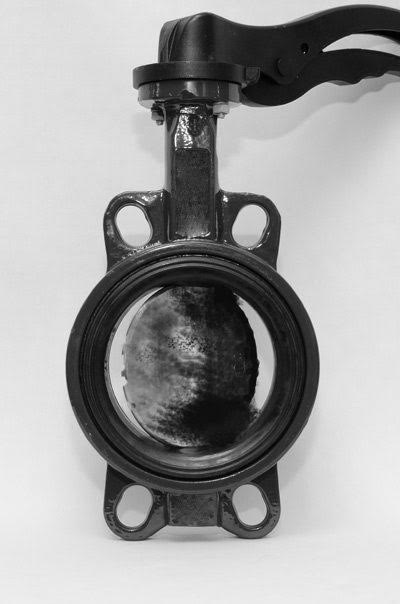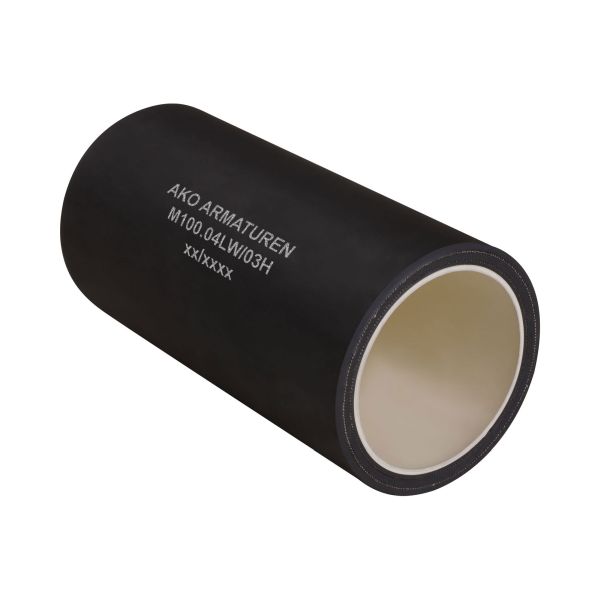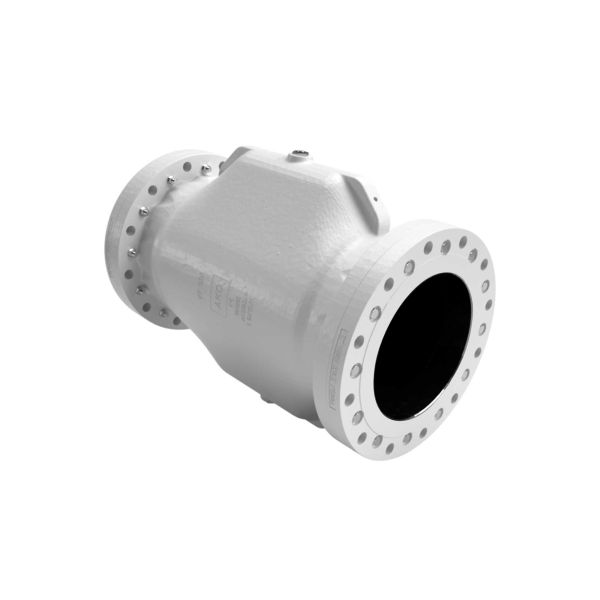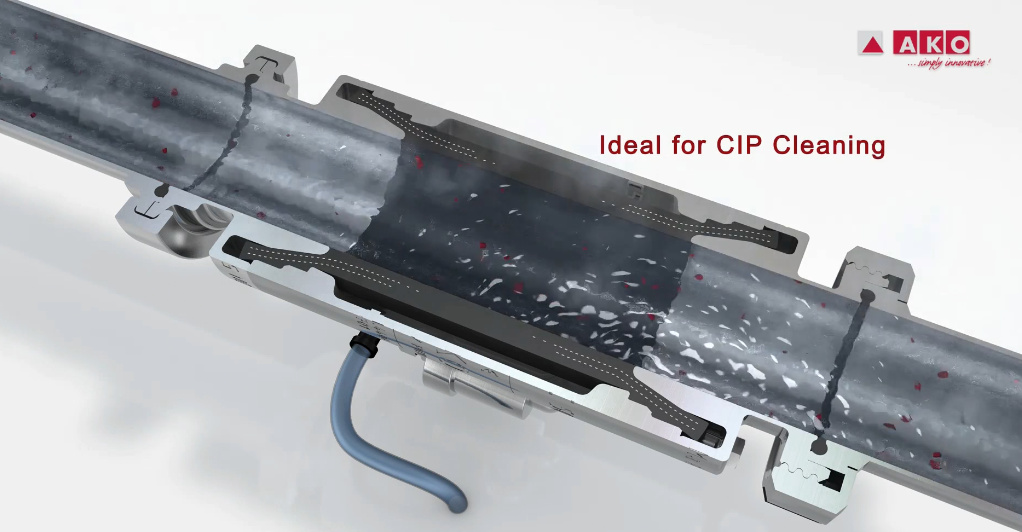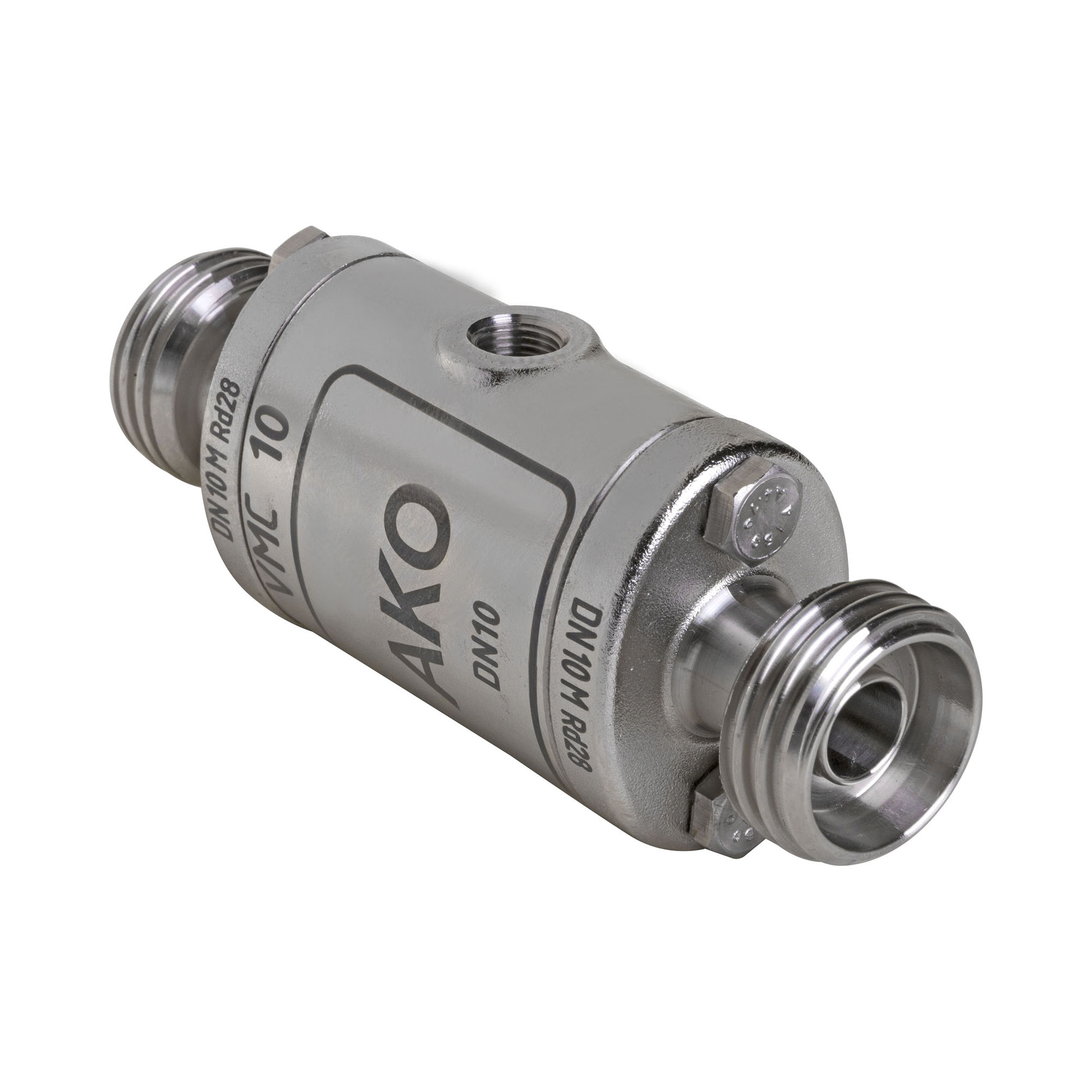Valves for Sand Expectations
Pinch valves are known to be the most versatile valves that are capable of handling rough and highly abrasive flow media, such as sand, cement, silica, and slurries. Pinch valves for sand control are commonly used in sand blasting machines and sand transfer lines. They feature a full-port opening, ensuring maximum flow of both dry and wet sand.
Valves For Sand – Why Pinch Valves are a Better Choice
Pinch valves for sand comprise of a superior-quality elastomer sleeve in its housing, which is up to 3 times more robust and resistant to wear from abrasion than an all-metal valve. Moreover, it is the only part that comes in contact with the sand flowing through the valve, and hence is the only replaceable part. There are no dead spaces or crevices in a pinch valve which can result in the entrapment of material. Also, the high flexibility of the elastomer sleeve inside the housing enables close drop-tight, ensuring little to no loss of material.
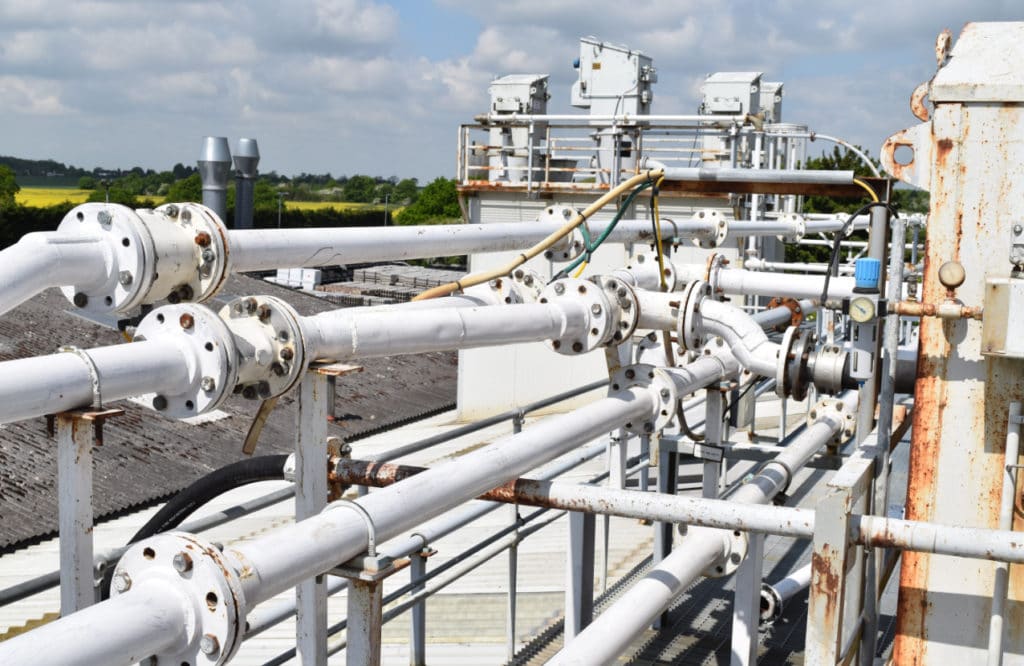
Most companies opt for a pinch valve for sand because of its simple design and high reliability. They don’t have any gates, bearings, slides, or balls to be blocked with trapped sand. In case of any other type of valve in an abrasive environment, it will require frequent maintenance which can be costly and affect the efficiency of the entire operation. Pinch valves take the cake in this respect as well because replacing the rubber sleeve is inexpensive, not to mention quite easy, as compared to the reground of knife blade, gate seat, or butterfly seal.
Moreover, a particular size of pinch valve means a true bore of precisely the same size, as there are no elements of intrusive nature into the flow path of sand. This ensures that the mixing and transfer of different types of sand are carried out with consistency.
Read some of AKO’s real life case studies involving AKO Pinch Valves in sand applications:
Valves for abrasive solids and sand
